Beneath the world’s vast and icy glaciers, where sunlight never reaches and only the bravest scientists dare to venture, lie rivers that defy imagination. These are not ordinary streams—they are powerful, roaring torrents that flow in utter darkness, carving secret labyrinths beneath mountains of ice. The very existence of these hidden rivers challenges our understanding of the natural world and evokes a sense of wonder that can’t be shaken. Imagine water rushing through the heart of a glacier, shaping and sculpting the ice from below, forging a world few humans have ever seen. These rivers are mysterious, awe-inspiring, and, in many ways, terrifying. They hold secrets about our planet’s past, offer clues to its future, and remind us of how little we truly know about the world beneath our feet. The story of these subterranean rivers is one of darkness, discovery, and the relentless power of nature.
The Hidden World Beneath the Ice
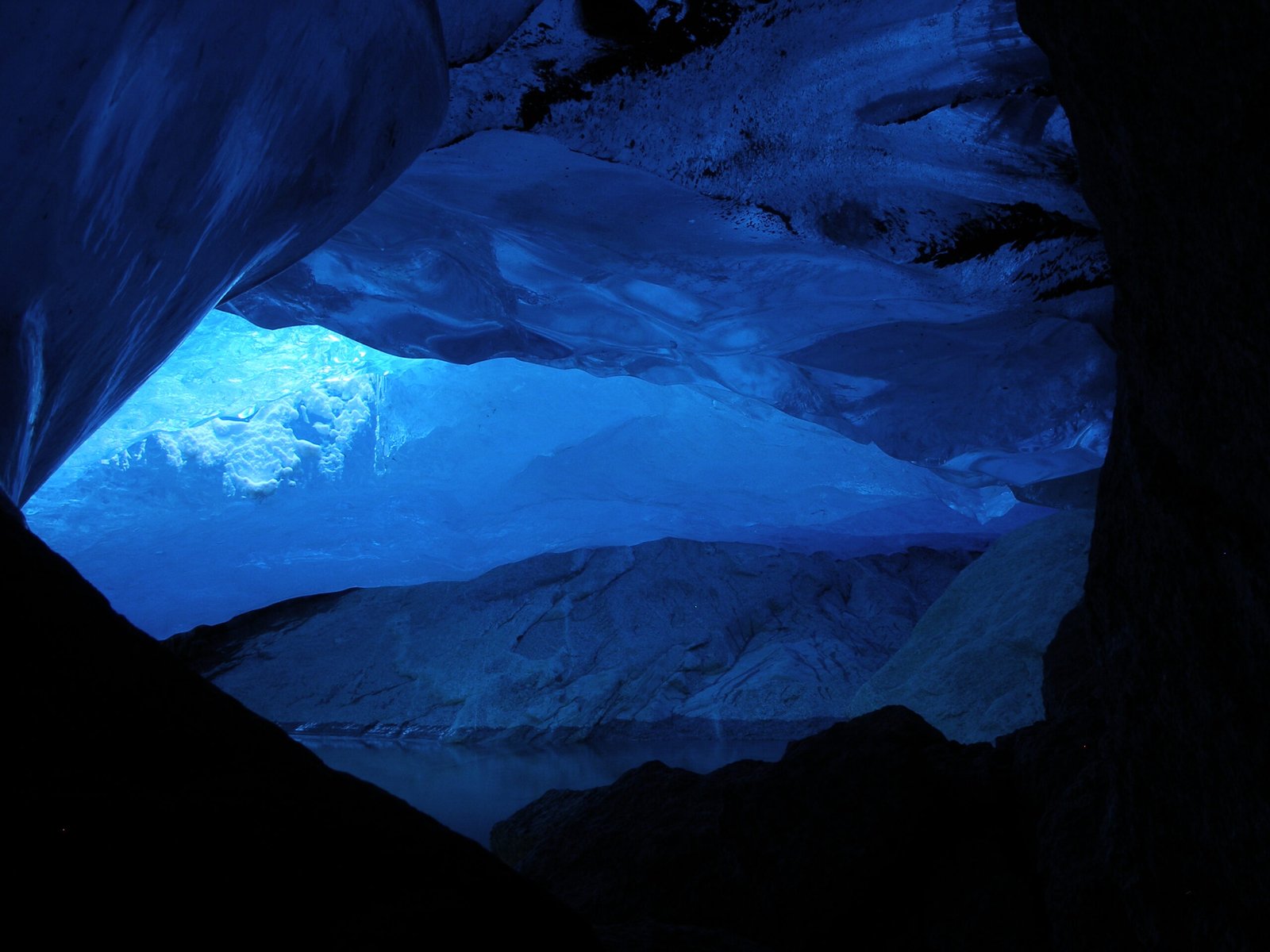
Deep under the surface of glaciers, an alien landscape unfolds—one that most people never even realize exists. Instead of solid, unyielding ice, there are twisting tunnels and gaping chambers, all carved by flowing water. These rivers can be as wide as a city street or as narrow as a human hand. Their courses are unpredictable, sometimes branching off in wild directions, sometimes plunging vertically for hundreds of meters. Every drop of water that escapes the surface finds its way into this secret underworld, creating a network that rivals the complexity of the streets in a bustling metropolis. It is a world where the rules of light and time seem suspended, dominated instead by pressure, cold, and the never-ending force of moving water.
How Subglacial Rivers Are Formed
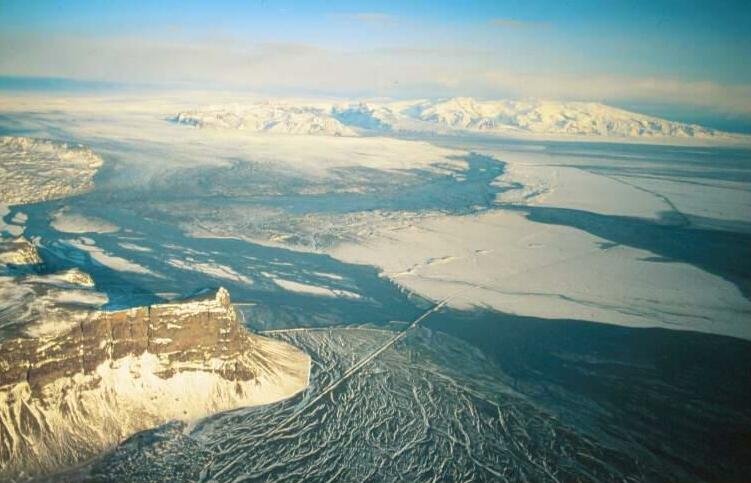
Subglacial rivers are born from a simple, relentless process: melting. When sunlight or geothermal heat warms the surface or base of a glacier, tiny rivulets of meltwater begin to snake their way downward. At first, these streams may be only a trickle, but as they merge and gather more water, they grow. The meltwater carves out tunnels by melting the surrounding ice, gradually forming larger and larger passageways. Over time, these channels become true rivers, some flowing for miles beneath the ice before finally emerging at the glacier’s edge. The process never stops, with new rivers forming as old ones are blocked or rerouted, making the landscape beneath a glacier dynamic and ever-changing.
The Darkness and Silence of Subglacial Rivers
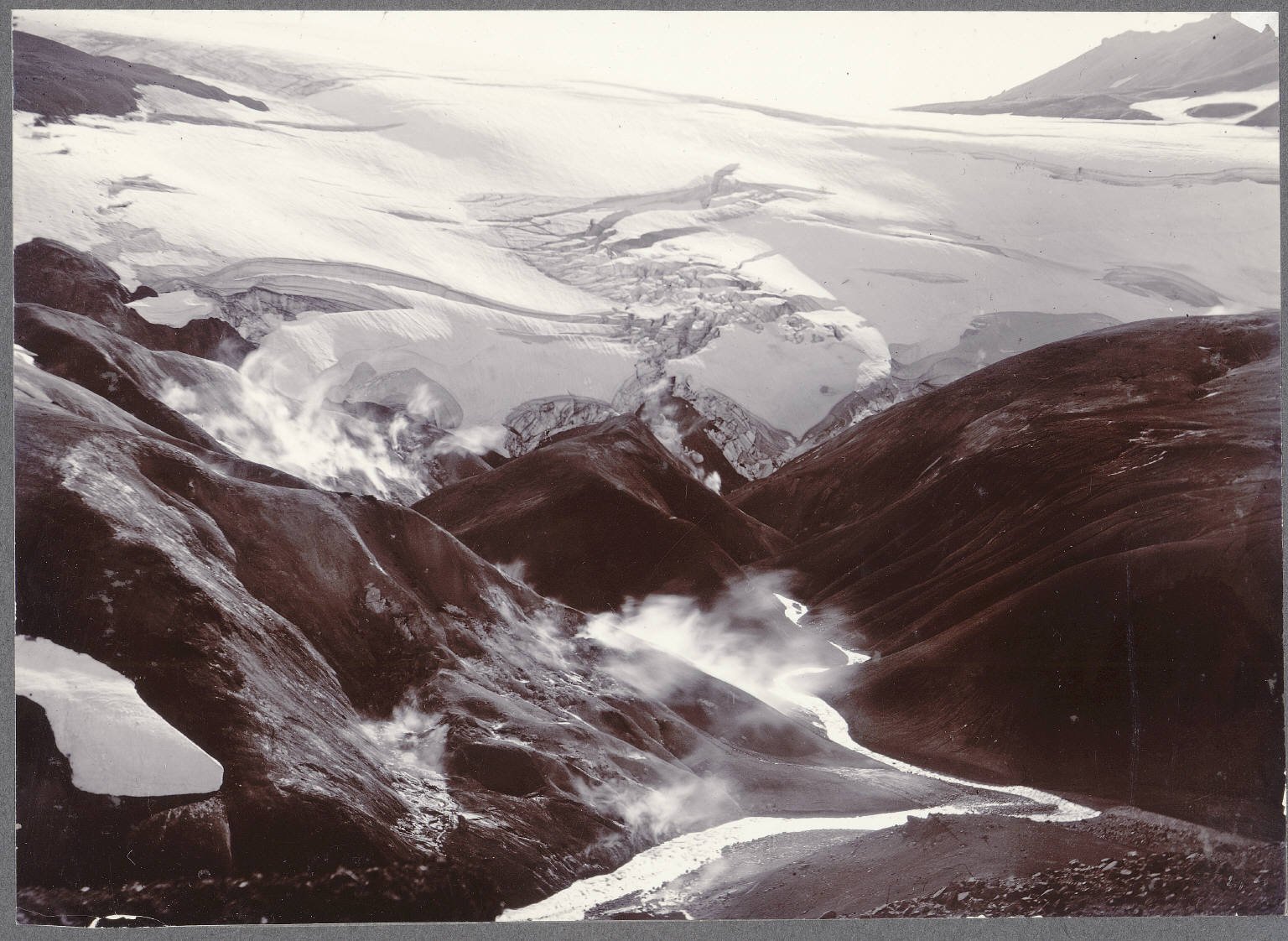
The experience of standing in a tunnel beneath a glacier is like being on another planet. Absolute, inky darkness surrounds you, broken only by the faintest glint of a headlamp or flashlight. The silence is profound, interrupted only by the muffled roar of water echoing through narrow ice walls. It is an environment where the senses are heightened and time seems to slow down. The darkness is not just a physical absence of light, but an emotional presence—an overwhelming reminder of the deep isolation and raw power that exist within these frozen giants. For scientists and explorers, this darkness can be intimidating, but it also adds a layer of mystery that makes every discovery feel even more profound.
The Relentless Power of Water
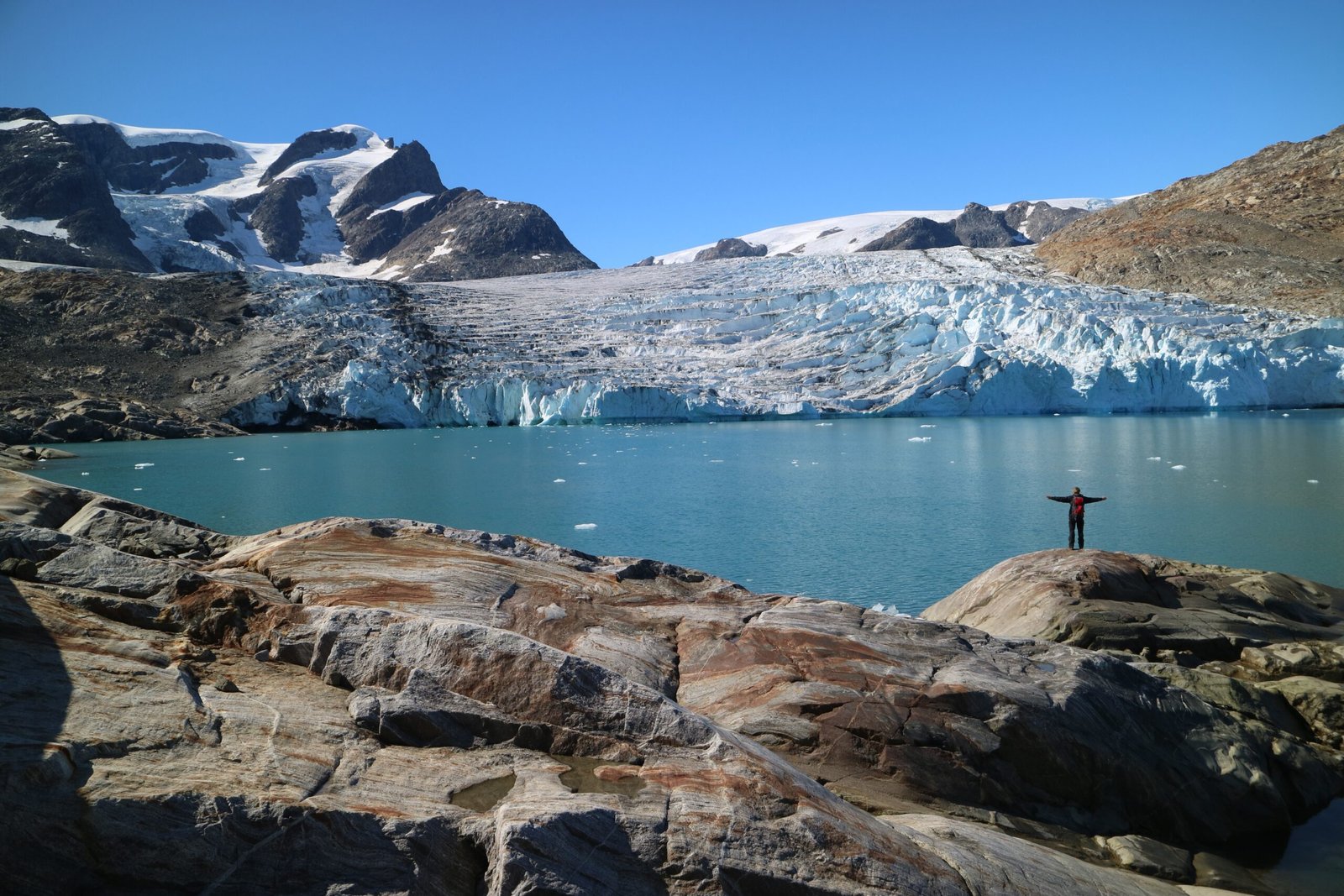
Water is one of the most powerful sculptors in nature, and nowhere is that more apparent than beneath a glacier. As meltwater flows, it carries with it rocks, gravel, and sand, grinding away at the ice and deepening the tunnels. The pressure can be immense—enough to push water up steep inclines or force it through tiny cracks. Sometimes, entire rivers will suddenly burst through weak points in the glacier, causing dramatic floods known as “jökulhlaups.” These outbursts can reshape entire landscapes in a matter of hours, sweeping away everything in their path. The sheer force of these hidden rivers is a reminder that even in the coldest, darkest places, water never loses its ability to change the world.
Life in the Darkness: Microorganisms and Adaptation
One of the most astonishing discoveries made in subglacial rivers is the presence of life. Despite the freezing temperatures, crushing pressure, and total darkness, tiny microorganisms thrive here. These hardy microbes feed on minerals in the rock and ice, using chemical reactions instead of sunlight to survive—a process called chemosynthesis. Some scientists believe that studying these organisms could offer clues about life on other planets, where sunlight is also scarce. The resilience and adaptability of these microscopic creatures is nothing short of inspiring, reminding us that life can find a way even in the most extreme environments imaginable.
Clues to Earth’s Past and Future
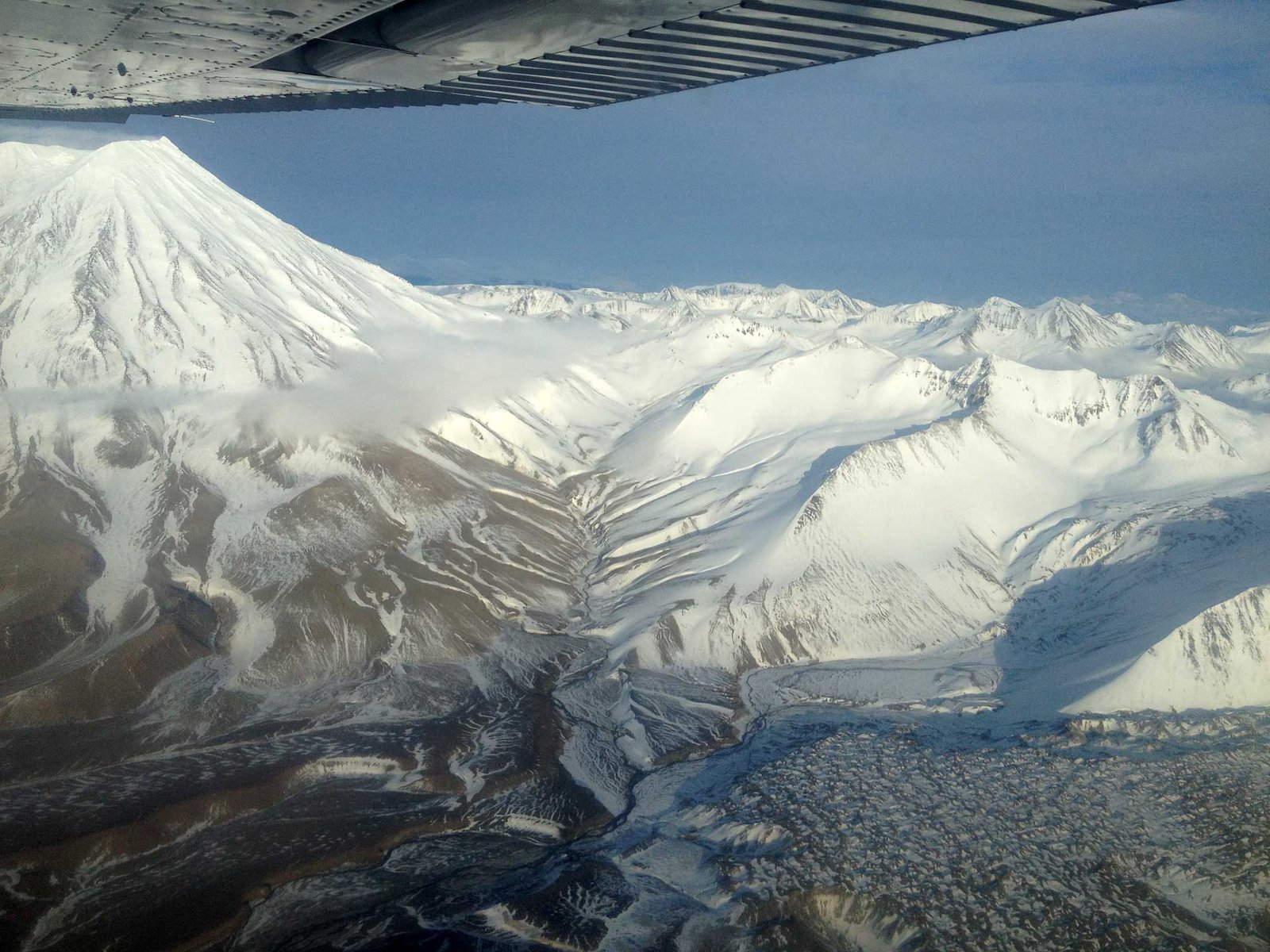
Subglacial rivers are like time machines, holding records of our planet’s history within their icy walls. The sediments they carry reveal what kinds of rocks lie beneath the glacier, while trapped bubbles in the ice offer snapshots of ancient atmospheres. Scientists carefully study this evidence to learn about past climate changes, glacial movements, and even catastrophic floods from thousands of years ago. At the same time, these rivers also offer hints about what the future might hold. As global temperatures rise, increased meltwater could change the flow and behavior of subglacial rivers, impacting everything from sea levels to the stability of glaciers themselves.
The Role of Subglacial Rivers in Glacier Movement
The movement of glaciers is not just a slow, inevitable slide—it is influenced directly by the water flowing beneath them. Subglacial rivers act as lubricants, reducing the friction between the ice and the bedrock below. When these rivers swell with meltwater, glaciers can suddenly surge forward, moving much faster than normal. This can lead to dramatic changes on the surface, like the appearance of deep cracks or the sudden collapse of ice shelves. Understanding how these hidden rivers affect glacier movement is crucial for predicting future changes in ice-covered regions, especially as the planet warms.
Unexpected Hazards and Sudden Floods
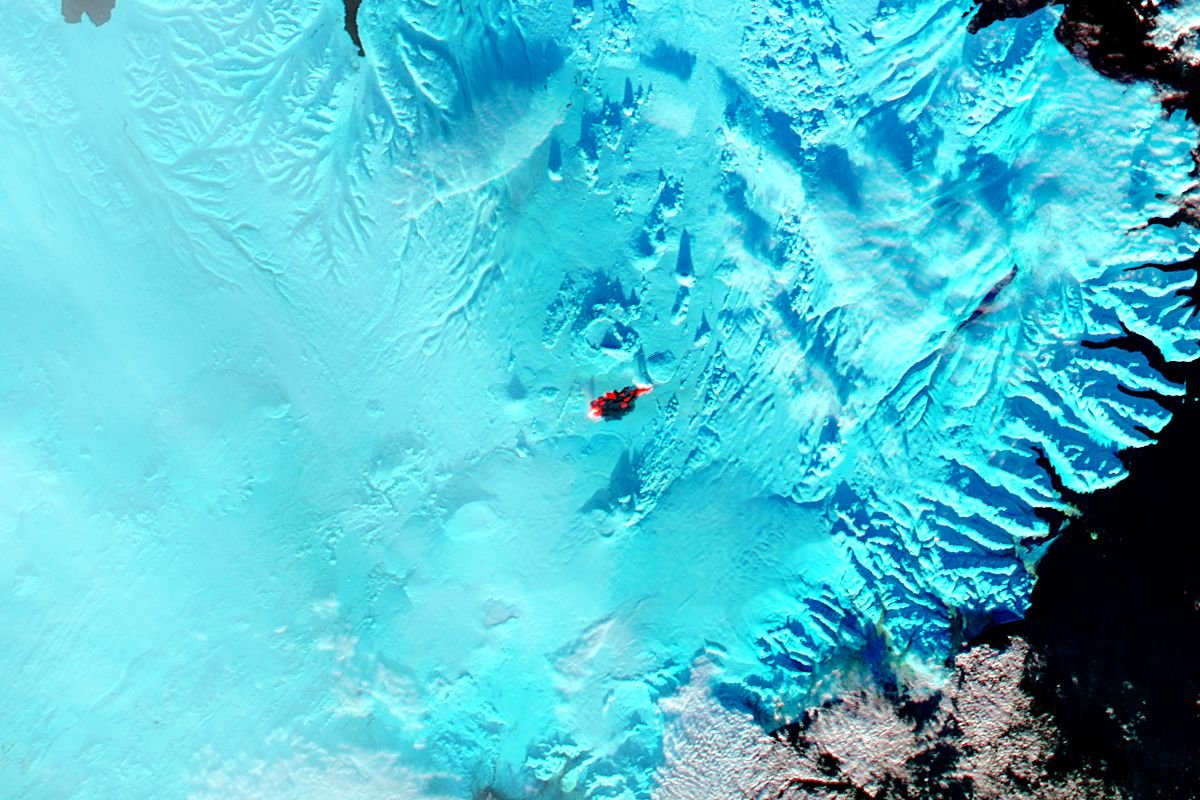
The secret rivers under glaciers are not just fascinating—they can also be dangerous. Sometimes, pressure builds up behind ice dams, and when these barriers finally give way, massive floods can erupt without warning. These “glacial outburst floods” can destroy roads, bridges, and even entire villages downstream. In Iceland, for example, such floods have carved new river valleys in just a few hours. The unpredictability and sheer force of these events highlight the importance of monitoring subglacial rivers to protect people and infrastructure in glacier-fed regions.
Cutting-Edge Exploration and Technology
Exploring the world beneath glaciers is a daunting challenge, but modern technology is opening new doors. Scientists use everything from ice-penetrating radar to robotic submarines to map out these hidden rivers. Drones and remote sensors can reach places that are too dangerous for people, capturing stunning images and gathering vital data. These tools are helping researchers build a clearer picture of what lies beneath the ice, revealing surprises at every turn. Each new expedition brings with it a sense of excitement and the promise of uncovering secrets that have been locked away for centuries.
Inspiration for the Search for Extraterrestrial Life
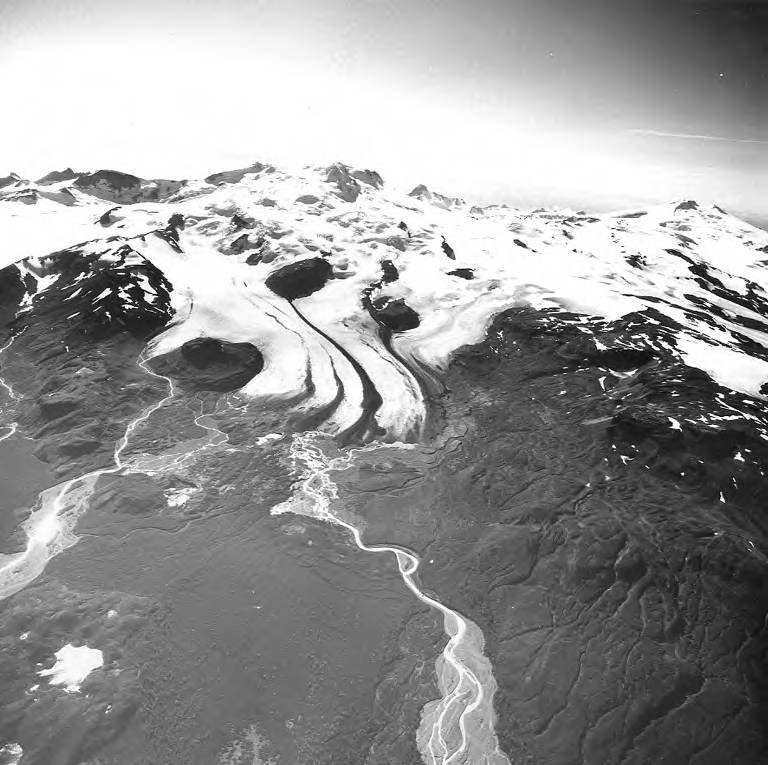
The discovery of thriving ecosystems in the pitch-black rivers beneath glaciers has sparked the imagination of astrobiologists. If life can exist in such extreme conditions on Earth—with no sunlight, freezing temperatures, and high pressure—then perhaps it could also exist on icy worlds like Europa or Enceladus, moons of Jupiter and Saturn. Studying subglacial rivers gives scientists a blueprint for what to look for in the search for life beyond our planet. The parallels are striking and serve as a reminder that Earth’s most remote places might hold the keys to understanding the universe itself.
Human Encounters: Stories from the Edge
There are few experiences as humbling or awe-inspiring as venturing into a glacier’s heart. Scientists and adventurers who have braved these frozen tunnels describe a mix of fear and excitement—an awareness of both the beauty and the danger that lie beneath the surface. Tales abound of narrow escapes from collapsing ice, sudden floods, and breathtaking discoveries of crystal-clear rivers winding through blue-tinged caverns. These stories are a testament to human curiosity and resilience, and they inspire others to look deeper, to seek out the hidden wonders of our world.
Why We Should Care About Subglacial Rivers
The subterranean rivers beneath glaciers may be out of sight, but their impact is enormous. They shape landscapes, influence climate, and hold clues to the origins of life. As climate change accelerates, understanding these hidden rivers becomes even more urgent. Their behavior affects sea level rise, freshwater supplies, and the stability of entire ecosystems. By studying them, we not only satisfy our curiosity but also gain tools to protect our planet’s future. What other mysteries might these rivers hold, waiting to be revealed in the darkness?



